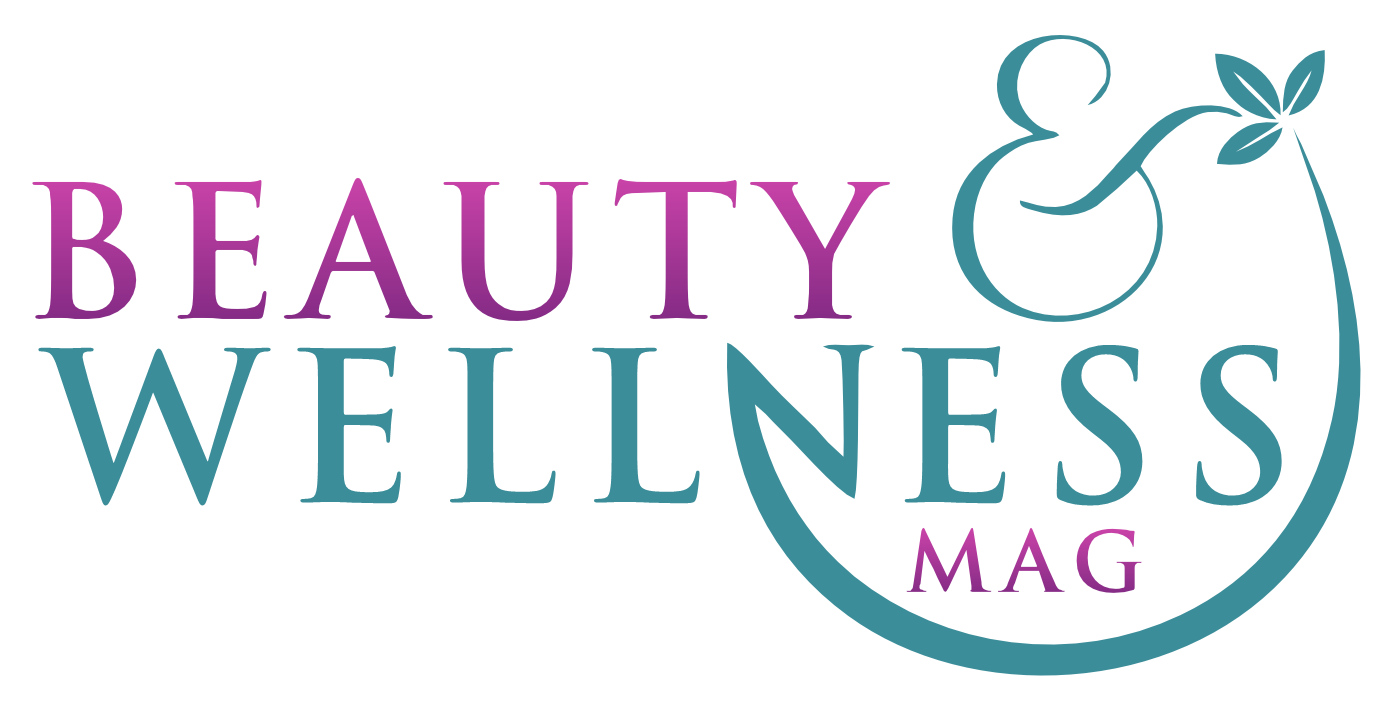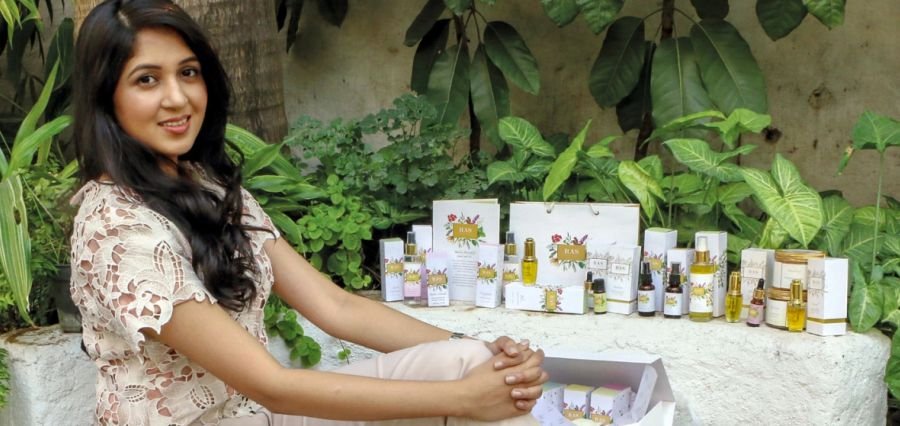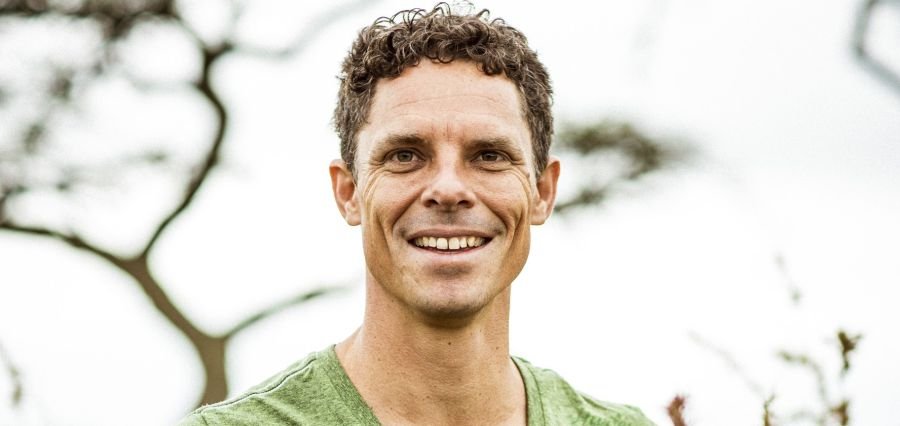In today’s busy world, people look for balance and well-being outside of traditional medicine. Holistic healing offers a holistic method, integrating the mind, body and spirit in order to foster long-lasting wellness. By combining the practices that enhance every part of a being, this holistic approach allows individuals to transform their wellness experience.
In this article, we will discuss primary holistic practices—mindfulness, nutrition, energy healing, movement, and herbal remedies—and how they can bring your health to a higher level.
Mindfulness and Meditation: Fostering Inner Peace
The key to holistic healing is mindfulness, which is remaining in the moment. Mindfulness meditation, once a fringe element of ancient disciplines like Buddhism, has now been generally accepted as a way to decrease stress and enhance mental concentration. A guided, breath-based, or body scan meditation practice done regularly can reduce cortisol levels, improve emotional awareness, and boost resilience.
Find a quiet place and spend 5 -10 minutes a day, first. Focus on the breath, gently bringing your mind back when it wanders. The process can be explained to beginners using the Headspace or Insight Timer apps. With time, mindfulness creates a better connection with oneself and strives to eliminate anxiety and generate emotional balance. You can also journal during your meditation to improve your self-knowledge to track your progress in wellness.
Nourishing the Body with Whole Foods
One of the foundations of holistic healing is nutrition because the body thrives on clean foods that have not been processed. A diet rich in fruits, vegetables, whole grains, lean proteins, and healthy fats will keep body and mind healthy. As opposed to restrictive dieting, holistic nutrition is about balance and listening to your body, following its signals.
Include colorful fruits and vegetables to get the most nutrients; leafy greens are a source of magnesium to relax the muscles, whereas berries are a source of antioxidants to support cellular health. Water is also essential- take 8-10 glasses of water every day, add some herbs such as mint or lemon to make it more useful. Do not eat processed foods that contain a lot of sugar and artificial additives as they can disturb the energy level and mood.
Energy Healing: Balancing the Body’s Vital Force
Energy healing methods like Reiki, acupuncture or chakra balancing are founded on the idea that the body is surrounded by a field of energy that determines health. They are meant to eliminate congestions and restore the flow of energy with the objective of restoring physical and emotional balance. Reiki is a Japanese practice that uses universal energy through light touch to reduce stress and facilitate healing. Acupuncture in the Traditional Chinese Medicine prescribes the insertion of the thin needles into the energy points to relieve the pain and to enhance the immunity.
Movement as Medicine: Activating the Body
The key to wholistic healing is exercise, which improves circulation, mood and energy. Contrary to overworking in the gym, holistic exercise is about having fun and long life. Yoga, tai chi and qigong combine gentle physical activity with awareness, becoming more flexible, balanced and mentally sharp. An example is Yoga, which combines breath and movement to eliminate stress and harmonizes the energy centers of the body.
Herbal Remedies: Nature’s Pharmacy
With a history spanning back to thousands of years, herbal medicine employs therapeutic value of plants to promote health in civilizations around the world. Chamomile is a widespread herb that induces relaxation, and turmeric disperses inflammation. Adaptogens such as ashwagandha and rhodiola enable the body to adjust to stress by harmonizing hormones.
You can add herbs in the form of teas, tinctures or capsules, though be sure to talk to a healthcare provider or herbalist first, and especially if you take medication. Steep dried chamomile flowers, for instance, to make a relaxing bedtime tea, or grate fresh ginger into smoothies to aid digestion. And quality counts- opt to buy organic, sustainably harvested herbs, to get the most out of it. Herbal remedies support the holistic healing process by following the rhythms of nature, effectively treating your body in a caring way.
Combining Holistic Practices for Sustainable Wellness
Changing your course of wellness requires dedication and perseverance. Start with one or two practices, like meditating daily or walking 10 minutes outside. Slowly start including others, like yoga once a week or an herbal tea ritual, to create a routine that is both sustainable and attainable. Holistic healing is not something done overnight but a lifetime commitment to caring for yourself.
Consult with a professional, such as a naturopath or integrative health coach, to personalize these practices to your requirements. Encouragement from the community, in the form of wellness groups or online forums, can also be helpful. Track your progress in a journal, logging increases in energy, mood, or sleep to stay motivated.
Read More: 5 Holistic Practices to Boost Your Mind-Body Wellness





